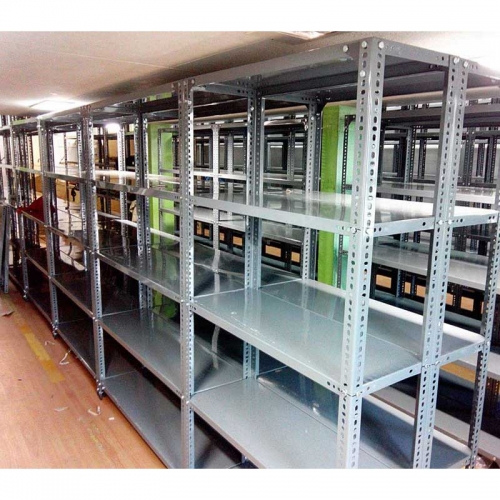In the world of networking and cabling, managing and organizing cables is a critical task. Inefficient cable management can lead to slow internet speeds, increased downtime, and even safety hazards. Cable raceways and traditional cable management methods are two popular ways to keep cables organized and protected. But which one is better?
What are Cable Raceways?
Cable raceways are protective channels or tubes that conceal and protect cables. They can be made from various materials such as PVC, metal, or even wood. Cable raceways are designed to simplify cable management by keeping cables organized and protecting them from physical damage. Powersun Energy Private Limited is ranked among the top Raceway Manufacturers in Noida.
Advantages of Cable Raceways
One of the significant advantages of cable raceways is that they offer complete cable protection. By housing cables within a protective tube, they are shielded from physical damage, weather, and other environmental factors. Cable raceways also offer a more organized appearance, reducing clutter and making it easier to identify individual cables.
Disadvantages of Cable Raceways
One disadvantage of cable raceways is their higher cost. Raceways are often more expensive than traditional methods, especially when they need to be custom-made to fit a particular space or application. Additionally, installing cable raceways can be more time-consuming and complex than using traditional methods.
Traditional Cable Management Methods
Traditional cable management methods refer to any technique or product that organizes cables without using a protective tube or channel. This can include cable ties, cable trays, or even simple duct tape. Traditional methods tend to be less expensive than cable raceways but can be less effective in protecting the cables from damage.
Advantages of Traditional Cable Management Methods
One of the primary advantages of traditional cable management methods is their low cost. Cable ties and duct tape are often readily available and inexpensive, making them a popular choice for small-scale cable management projects. Traditional methods can also be more flexible than cable raceways, allowing cables to be easily added or removed.
Disadvantages of Traditional Cable Management Methods
The primary disadvantage of traditional cable management methods is that they offer less protection to the cables. Cables that are not protected by a raceway can be easily damaged by environmental factors, making them more prone to downtime and requiring frequent maintenance. Traditional methods can also be less organized, making it difficult to identify individual cables.
Cable Raceways Vs. Traditional Cable Management
The answer to which method is better ultimately depends on your specific needs. Cable raceways offer complete protection and a more organized appearance but can be more expensive and time-consuming to install. Traditional cable management methods are less expensive but offer less protection to the cables and can be less organized.
In conclusion, both cable raceways and traditional cable management methods offer benefits and drawbacks. By carefully considering your specific needs, you can determine which method is the best fit for your organization and Powersun Energy Private Limited helps in selecting the best solution as one of the best Cable Raceway Suppliers in U.P. Whether you choose cable raceways or traditional cable management methods, the key is to keep your cables organized, protected, and functioning at peak performance.






















